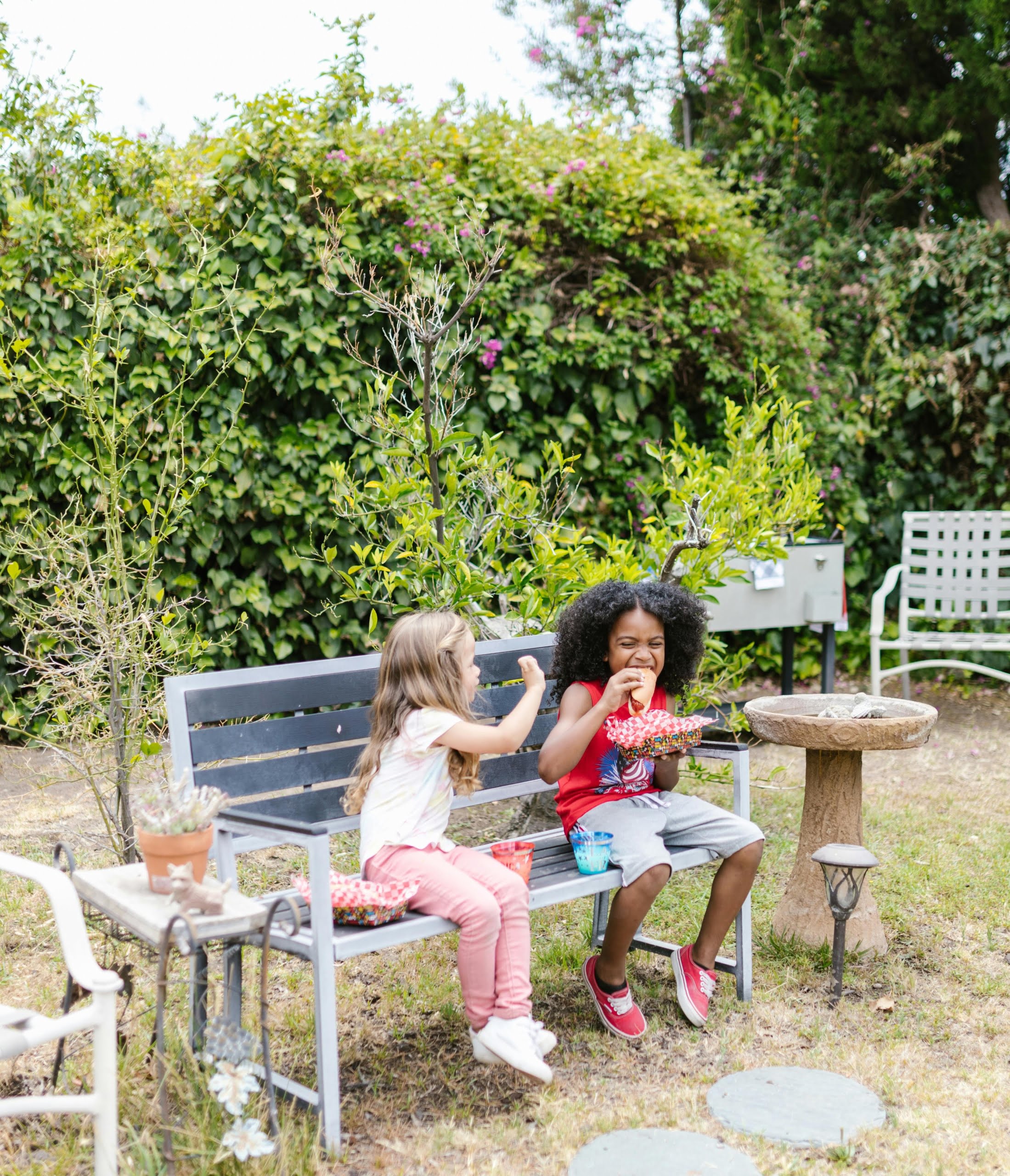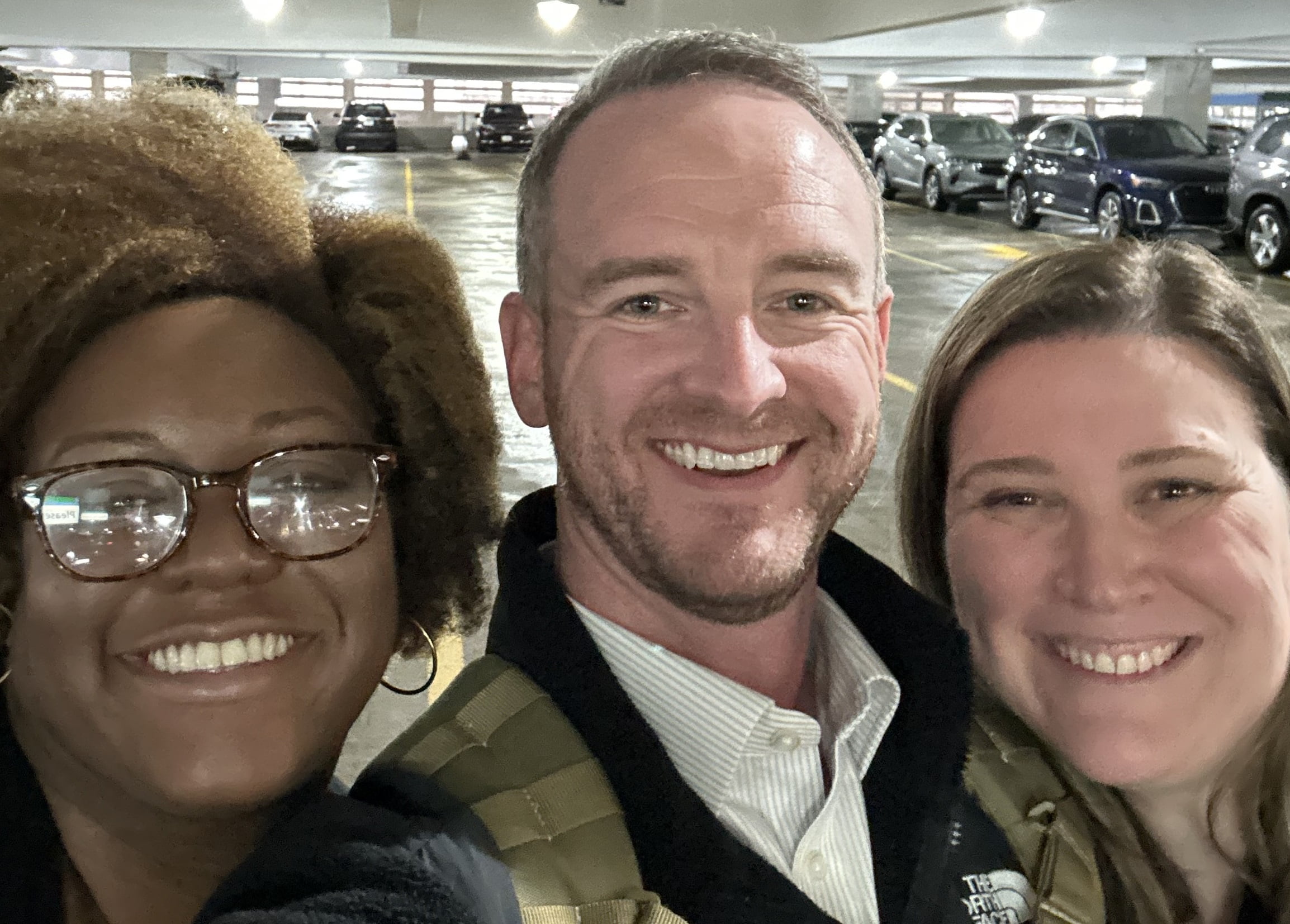
Online Shopping in the Digital Age – Time Saver or Energy Waster?
Online Shopping in the Digital Age – Time Saver or Energy Waster?
Does the following situation sound familiar – something small or mundane breaks around the house, something you haven’t had to buy in a few years, so you search online for a replacement and you get bombarded by a jungle of products and brands?
Let me paint a picture with my own personal example: I was cooking dinner and my trusty can opener broke, I sighed and resigned myself to buying a replacement before bed. Fast forward to evening and as I was laying in bed and remembered my task; I grabbed my phone and typed in “can opener” and was met with an avalanche of results with each listing attempting to differentiate itself with clever marketing and technologies. An hour passes, nothing has been purchased, and now a feeling of anxiety sets in because every product feels just different enough to warrant consideration. I put my phone down, annoyed, with a new goal of buying a can opener the next day.

TOO MUCH CHOICE
BehaviorScientist.org has a great research review of what they call choice overload – it’s basically what the name implies, too many choices for consumers means a complete breakdown of the purchase process. I remember being in my college marketing class discussing cognitive dissonance and choice paralysis impacting consumers across the globe – 20+ years later and things have only intensified as we enter a matured digital age. Because of a global marketplace where cross-country shipping is, at worst, less than $100 (depending on the item’s weight) and at best, free; there is ample supply of every gadget and doo-dad, every shoe on the planet for you to pick from, and a mountain of rechargeable batteries to peruse. There is so much to pick from today, the time and energy needed to shop even basic items has skyrocketed.
To further illustrate the scale of choice available to us, Harvard Business Review has an article written around the time I was in high school highlighting decision paralysis and how it represents a bad thing for most brands. It details an experiment where there were 2 tables at an upscale food market, one table had 24 different kinds of jam, and on another day, the table would have 6 varieties. People bought something from the 6-variety table MORE than the 24-variety table.
NOT ENOUGH PURCHASING
Hear me out on this one – I believe our lives as consumers would be far more enjoyable if every product search led to a purchase. We could all probably do with less stuff, but that isn’t the point I’m making here, it’s more around the notion that we actually buy what we set out to buy, on the first go.
Decision paralysis is defined as the inability to decide out of fear of making the wrong choice. Most of the time, this is the reason why we don’t buy the first thing that pops up when we search for a product online – what if I buy the wrong product? The New York Times has an article about this as well, they conclude by suggesting that just because we can search endlessly for any given product, doesn’t mean we should.
PARTING THOUGHTS
As market researchers and consultants, Catapult Insights thinks about a lot of things that may not seem relevant in the moment, but we do so to make sure we have an opinion and stance on a given topic when the need arises. Shopping is time consuming and draining in modern times, so to my fellow consumers I say, set a time limit (like researching for 15 mins) and then buy the thing you were looking to buy and be done with it. Of course, the more costly the item, the more time it would take to make a good decision, but don’t fall down that endless researching trap If you feel drained and tired, you probably should just make your decision and move on.
For the brand and product managers in the audience, a similar set of advice could be offered – help consumers make choices by trimming down product lines to minimize choice, being clear with your advertising communications with the key points consumers are looking for to make a decision for purchase, and having those communications be in the right place and time for the consumer. If you want help with any of these things, it just so happens I know some talented researchers and strategists.
Now excuse me – I still have a can opener to buy.
Andre Barroso
DIRECTOR, INSIGHTS & INNOVATION
CATAPULT INSIGHTS












